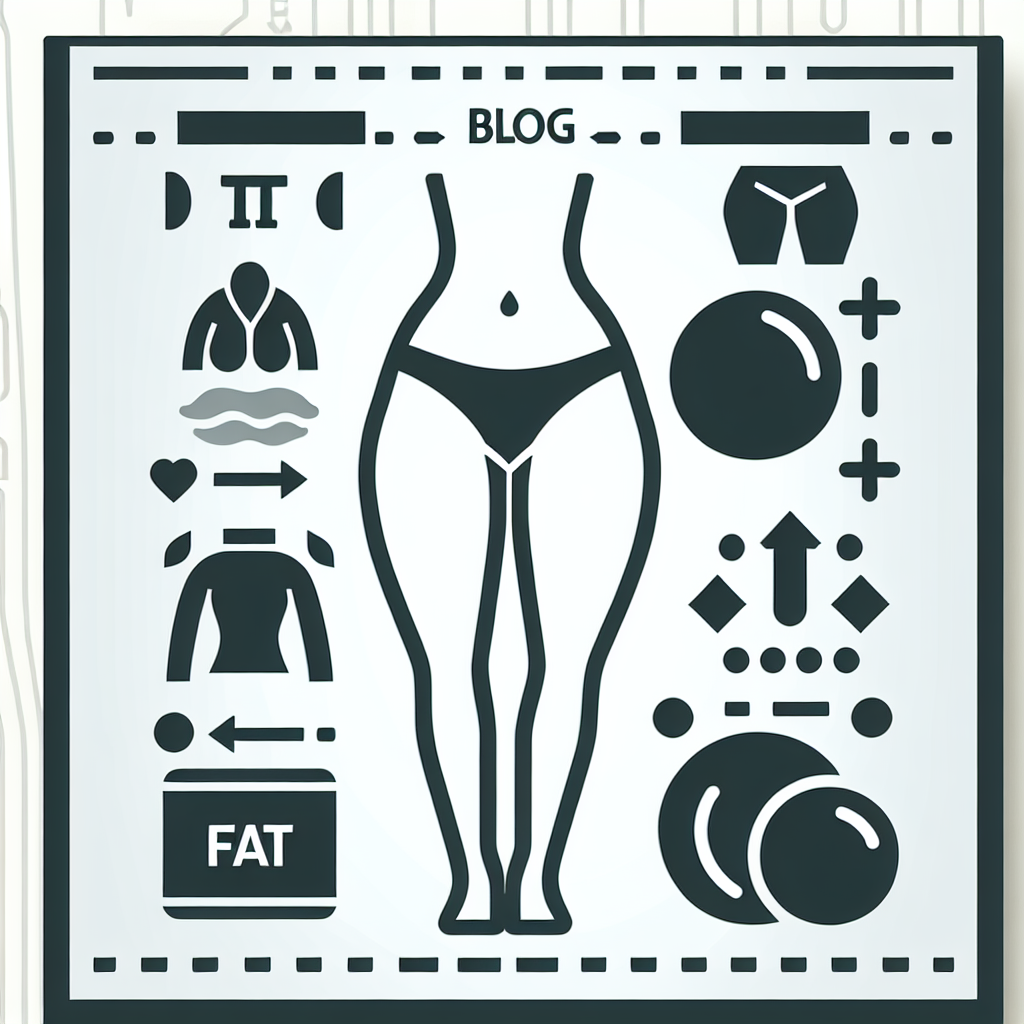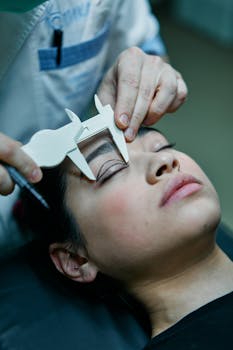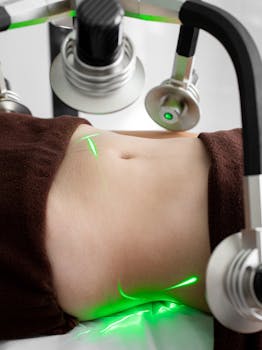Many people considering body contouring want straightforward information on outcomes, recovery, and safety. This practical overview explains how fat transfer to thighs works, what to expect before and after, and how it compares with other approaches like liposuction transfer. The goal is to help you weigh options and have informed conversations with your surgeon.
Fat grafting to the thighs: procedure overview
Fat grafting, commonly called fat transfer, uses your own tissue to augment or reshape areas such as the thighs. The approach begins with liposuction to harvest fat from donor zones, followed by processing and careful reinjection. In many practices the technique is described as fat transfer liposculpture, emphasizing both contouring and grafting in a single procedure. This is a form of fat transfer surgery that combines removal and re-injection for smoother, more natural results.
How it works
First, small-volume liposuction removes fat from areas like the abdomen or flanks. The harvested fat is purified and prepared for grafting. The surgeon then places micro-amounts of fat at multiple depths in the thigh to encourage blood supply and graft survival. Proper technique reduces risks such as irregular contours or fat resorption.
Is fat transfer right for you?
Patients looking for modest volume enhancement, improved thigh shape, or correction of asymmetry may benefit. Some ask, “can i inject fat into my legs?” and the clinical answer depends on your goals, overall health, and the available donor fat. Surgeons often evaluate whether fat injections in legs will achieve a lasting, aesthetic improvement versus implants or fillers.
Comparing techniques: liposuction and fat transfer vs alternatives
When discussing liposuction and fat transfer, it helps to compare timelines and outcomes. Liposuction transfer offers the advantage of simultaneous contouring and augmentation. In contrast, synthetic implants or fillers can carry different complication profiles. For an overview of liposuction fundamentals and safety considerations, authoritative resources such as the MedlinePlus overview of liposuction are useful references.
Recovery and risks
Expect swelling, bruising, and some discomfort for the first one to two weeks. Compression garments and limited activity are typical recommendations. Risks include uneven grafting, infection, or partial fat loss; honest counseling about potential need for touch-up sessions is standard. Some patients ask specifically about fat transfer to legs versus localized thigh grafting—discussing the full plan helps set realistic expectations for volume retention.
Practical considerations
- Realistic goals: fat transfer to thighs and legs works best for moderate enhancement, not dramatic size changes.
- Donor-site availability: adequate donor fat is required for successful fat transfer to legs.
- Multiple stages: some patients require repeat fat injections in legs to achieve the desired outcome.
When evaluating surgeons, look for experience with fat transfer liposculpture and documented outcomes. Ask about technique specifics that affect survival of grafted tissue, such as centrifugation methods, injection cannula sizes, and postoperative protocols. If your plan includes both shaping and restoration, mention liposuction transfer explicitly so the surgeon can review combined-step logistics.
Integrating skin health
Improved skin texture and elasticity can enhance final results. For those interested in adjunctive approaches—like topical or device-based skin treatments—reading about the latest non-surgical advances can be informative; see a discussion of the latest breakthroughs in skincare technology latest breakthroughs in skincare technology to learn how these options might complement surgical plans.
Costs and expectations
Costs vary by region, surgeon, and procedure complexity. Because fat transfer surgery often includes both harvesting and grafting steps, price reflects time in the operating room and surgical expertise. Insurance rarely covers cosmetic procedures, so plan accordingly and request an itemized estimate.
FAQ
Q: How long do results last?
A: A portion of transferred fat typically survives long-term; many patients see stable results after three to six months. Additional sessions may be required for desired fullness.
Q: Can I combine fat grafting with other procedures?
A: Yes. Surgeons commonly perform fat transfer alongside body contouring or thigh lift procedures. Discuss combined-surgery risks and recovery timelines with your provider.
Q: Will I need general anesthesia?
A: Many fat transfer procedures are done under sedation or general anesthesia depending on extent; your surgical team will recommend the safest option.






